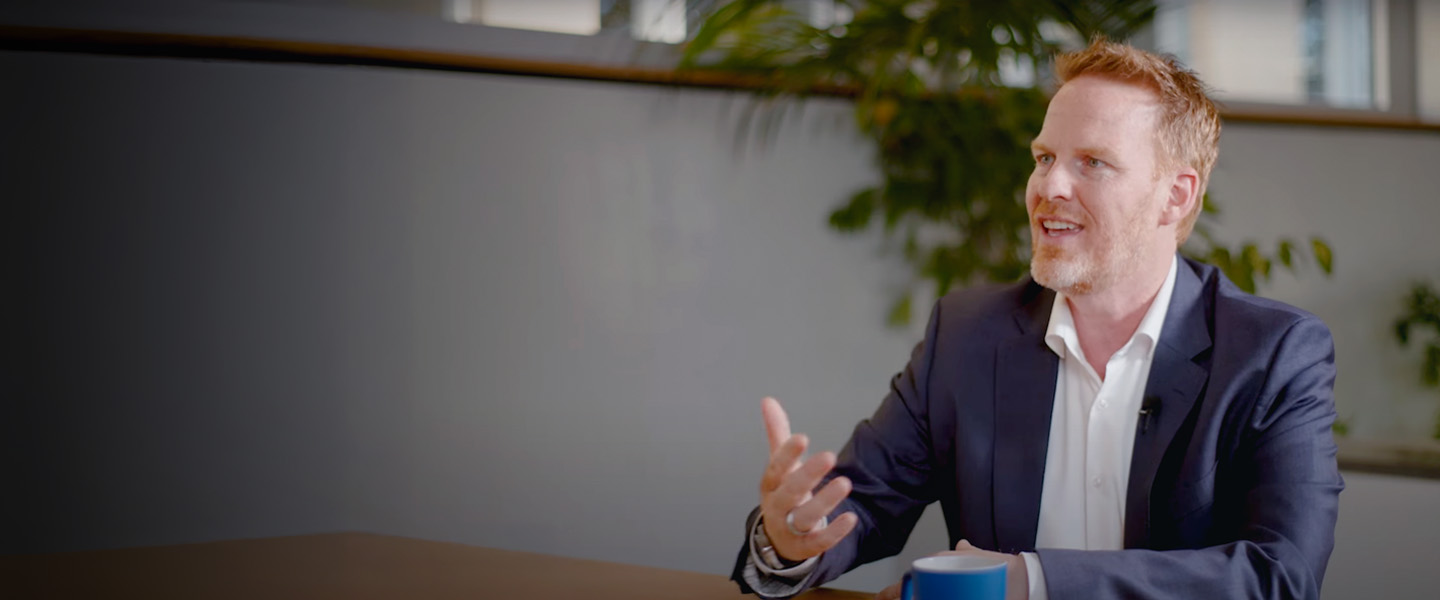Shareholder activism at Sony
MAY 14, 2013. Daniel Loeb, CEO of US-based activist fund Third Point LLC (Third Point), flew to Tokyo for meetings with government officials and to hand deliver a letter to Kazuo Hirai, president and CEO of Sony Corporation (Sony). The letter from Loeb revealed that Third Point had purchased a 6.9% stake in Sony and proposed that Sony spin off up to 20% of its Entertainment Division to reduce its debt and strengthen its ailing Electronics Division. At a corporate strategy meeting on May 22, 2013, Hirai explained that Sony would thoroughly review the proposal from Third Point with external financial advisors, and discuss it with Sony’s board in order to decide on Sony’s stance. Sony hired financial advisors from both Citigroup and Morgan Stanley to assess the proposal. A month after the initial proposal from Third Point, Sony’s share price was smoldering between JPY 1,900 and JPY 2,000 – a little higher than before the proposal, but losing its momentum. On June 17, 2014, Loeb sent another letter to Hirai, and announced that Third Point had acquired additional Sony shares through cash-settled swaps, increasing its total ownership from 6.3% to 6.9%. Loeb explained the reason for the additional purchase as his trust in CEO Hirai’s management policy. This news pushed Sony’s share once again onto the plateau of JPY 2,000. It is clear that Loeb caused the shake-up and contributed to the share price hike in Yahoo, and consequently made large profits from the sale that occurred approximately two years after the initial investment. Could he do the same with Sony? Should Hirai believe in Third Point’s proposal and follow its advice? Or should he fight with Third Point and reject it? With the market’s high attention to Sony’s whereabouts, Hirai was forced to make a decision. Did Third Point’s calculation make sense? Would Loeb get a seat on Sony’s Board?
The case provides students with an opportunity to discuss important questions regarding shareholder activism and its impact on value. Why did TP target Sony? What are the synergies between entertainment and other business units of Sony? How does its performance compare to peers? What is the business model for Third Point? How are they different from traditional institutional investors such as pension funds?
Sony, Manufacturing, Electric and Electronic Equipment
2013-2015
Cranfield University
Wharley End Beds MK43 0JR, UK
Tel +44 (0)1234 750903
Email [email protected]
Harvard Business School Publishing
60 Harvard Way, Boston MA 02163, USA
Tel (800) 545-7685 Tel (617)-783-7600
Fax (617) 783-7666
Email [email protected]
NUCB Business School
1-3-1 Nishiki Naka
Nagoya Aichi, Japan 460-0003
Tel +81 52 20 38 111
Email [email protected]
IMD retains all proprietary interests in its case studies and notes. Without prior written permission, IMD cases and notes may not be reproduced, used, translated, included in books or other publications, distributed in any form or by any means, stored in a database or in other retrieval systems. For additional copyright information related to case studies, please contact Case Services.
Research Information & Knowledge Hub for additional information on IMD publications

Business schools must champion values-led leadership as companies retreat from DEI. Now’s the time to stand firm and lead by example, says David Bach.

Regional developers have tried and failed to emulate Silicon Valley’s VC-driven model for innovation. Detroit Entrepreneurship is following an alternative route.

Every leadership approach has its pros and cons. Recognizing your style and knowing how to blend different approaches – and avoid the traps – will improve your ability to respond to challenges and stakeholder expectations. Every leadership approac...

CFOs must drive a financially disciplined way to manage environmental and climate risk amid growing push back against sustainability efforts.

Most senior leaders struggle with the decision to step down, often holding on long after their optimal departure date. Take this quiz to find out if you’re really ready – and read on for tips on managing the psychological transition. Most senior l...

Responsible for TIME magazine’s iconic covers, D.W. Pine explores his creative process and shares insights on how to cut through the noise and make an impact.

Geopolitical turmoil and its workforce impact demand a systems thinking approach from CHROs, argue IMD’s Katharina Lange and Simon Evenett.

AI is reshaping careers, but future-proof skills aren’t what you think. Vision, expertise, and deep knowledge - not hype - are key to success in an AI world.

This episode takes you behind the scenes of a recent gathering led by the World Business Council for Sustainable Development together with IMD, where David Bach sat down with two sustainability leaders.

All organizations should have a plan to secure trust during, after (and even before) a crisis hits. Here are a host of examples, good and bad, to learn from.
Research Information & Knowledge Hub for additional information on IMD publications
in I by IMD
Research Information & Knowledge Hub for additional information on IMD publications
in I by IMD
Research Information & Knowledge Hub for additional information on IMD publications
Research Information & Knowledge Hub for additional information on IMD publications
Research Information & Knowledge Hub for additional information on IMD publications
in I by IMD
Research Information & Knowledge Hub for additional information on IMD publications
Research Information & Knowledge Hub for additional information on IMD publications
in I by IMD
Research Information & Knowledge Hub for additional information on IMD publications
Research Information & Knowledge Hub for additional information on IMD publications
in I by IMD
Research Information & Knowledge Hub for additional information on IMD publications

